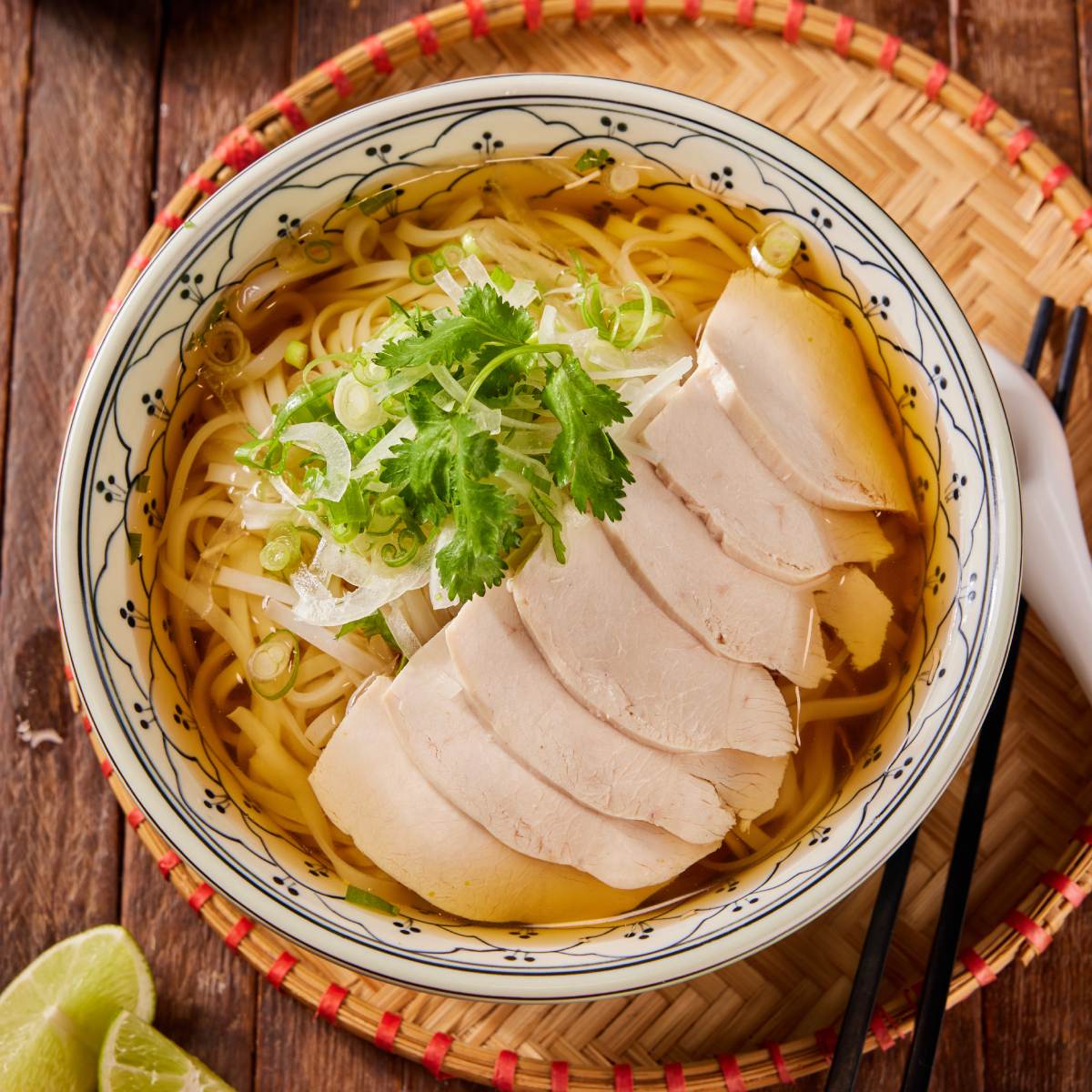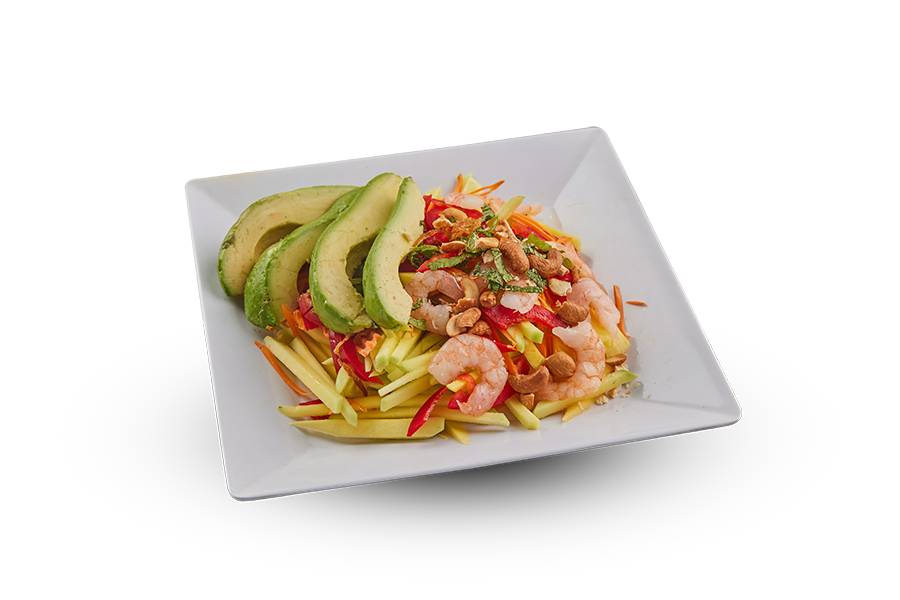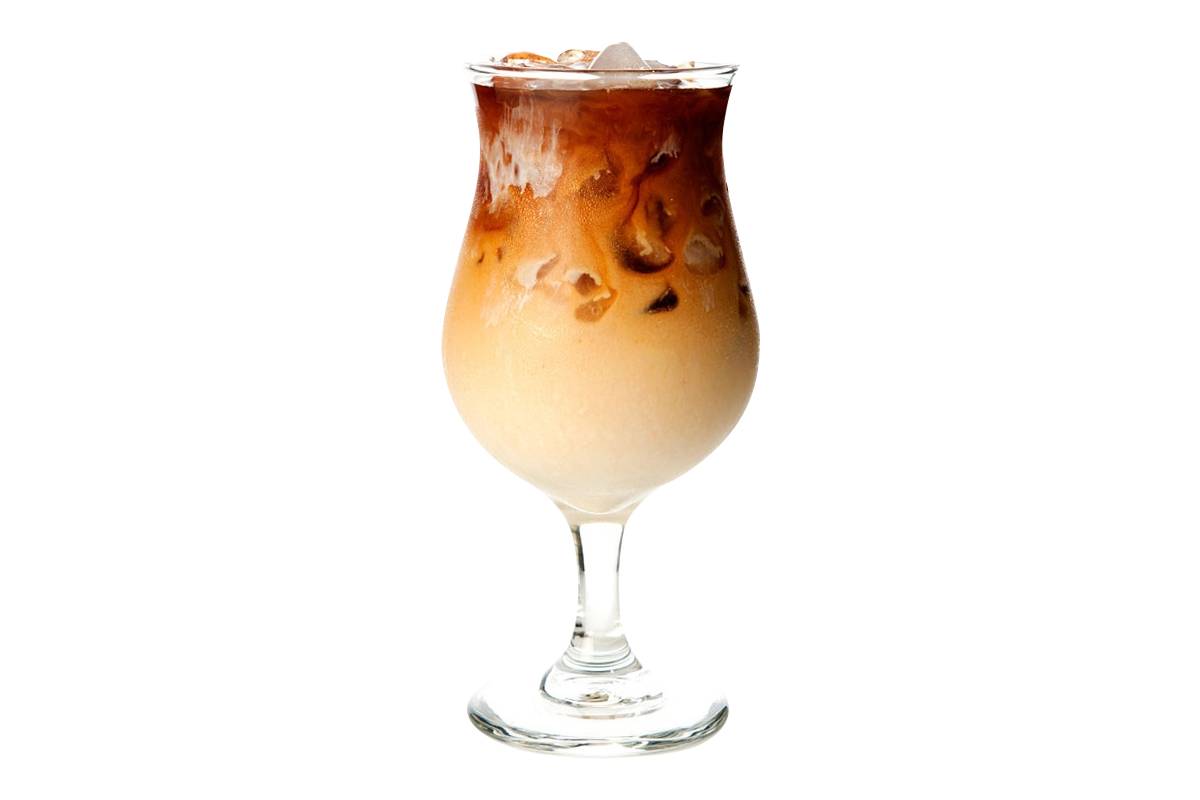The Allure of Restaurant Food
There's something about dining out that feels special. It could be the fact that we don't have to cook or clean up after ourselves. Or it's the opportunity to try new and exotic dishes that we wouldn't normally make at home. Whatever the reason, dining out is an experience that many of us look forward to.
One reason why we love restaurant food is because it's associated with special occasions and celebrations. Think about it - when did you last go out to dinner just because? More often than not, we go out to eat to celebrate a birthday, anniversary, or other special event. This association between restaurant food and happy occasions creates a positive emotional connection that makes us crave the experience.
Another reason why we love restaurant food is because it's often seen as a luxury. For many people, going out to eat is an indulgence that they can't afford to do regularly. This makes the experience feel even more special and desirable. Additionally, many restaurants offer high-end dishes and ingredients that we may not be able to afford or find in our local grocery stores. The exclusivity of these items adds to the allure of dining out.
In short, the allure of restaurant food is a combination of factors, including the association with special occasions, the luxury factor, and the opportunity to try new and exotic dishes.
The Psychology of Restaurant Menu Design
Have you ever noticed how some menus are designed to make certain items stand out more than others? This is no accident - restaurant menus are carefully crafted to influence our choices and maximize profits. Here are a few ways that menu design impacts our dining experiences:
- Placement: Items in the menu's upper right-hand corner or center tend to be the most eye-catching and memorable.
- Pricing: Items that are priced without a dollar sign (e.g. "10" instead of "$10") tend to be perceived as cheaper and more affordable.
- Descriptions: Items with descriptive and enticing descriptions are more popular than those with simple, straightforward descriptions.
- Photos: Items with photos are more appealing and memorable than those without.
By understanding the psychology of menu design, restaurants can influence our choices and increase profits. But as consumers, it's important to be aware of these tactics to make informed decisions about what we order.
The Role of Nostalgia in Our Love for Restaurant Food
Have you ever had a dish at a restaurant that reminded you of something your grandmother used to make? Or maybe you've visited a restaurant that looks and feels like a place you used to go to with your family as a child. These experiences tap into the power of nostalgia, which is a powerful emotional force that can influence our dining experiences.
Nostalgia is a bittersweet emotion tied to fond memories of the past. When we experience nostalgia, we long for a time or place that's no longer accessible. This can make us sad but also make us feel happy and comforted. When we experience nostalgia in a restaurant can make us feel more connected to the food and the experience.
Restaurants can tap into the power of nostalgia by offering classic dishes or recreating a specific ambiance or atmosphere. By evoking feelings of nostalgia, restaurants can create a sense of comfort and familiarity that keeps customers coming back.
The Impact of Social Media on Our Perception of Restaurant Food
In today's digital age, social media is a powerful force that can influence our perceptions of restaurant food. Platforms like Instagram and Yelp allow users to share photos and reviews of their dining experiences, which can influence the choices of others. Here are a few ways that social media impacts our perception of restaurant food:
- Visuals: Social media platforms are highly visual, so how food looks is just as important as how it tastes. Restaurants that offer visually appealing dishes are more likely to be shared on social media and attract new customers.
- Reviews: Social media platforms allow users to leave reviews of their dining experiences. Positive reviews can attract new customers, while negative reviews can deter them.
- Trends: Social media can also create food trends influencing diners’ choices. For example, the recent popularity of avocado toast can be attributed to its popularity on Instagram.
By understanding the impact of social media marketing on our perceptions of restaurant food, restaurants can better tailor their offerings and marketing strategies to attract new customers.
The Power of Presentation in Restaurant Food
Have you ever had a dish that looked so beautiful that you almost didn't want to eat it? The power of presentation is a key factor in our love for restaurant food. Here are a few ways that restaurants use the presentation to enhance our dining experiences:
- Plating: The way a dish is presented on the plate can have a big impact on our perception of it. Restaurants that take the time to plate their dishes carefully can create a sense of artistry and sophistication.
- Garnishes: Garnishes like herbs, edible flowers, and sauces can add colour and visual interest to a dish, making it more appealing and memorable.
- Table Setting: How the table is set can also impact our perception of the dining experience. Restaurants that take the time to set the table with beautiful linens, silverware, and glassware can create a sense of elegance and luxury.
By paying attention to the power of presentation, restaurants can create a dining experience that's not just delicious but visually stunning as well.
The Science of Flavor and Taste in Restaurant Food
Of course, the most important factor in our love for restaurant food is the way it tastes. But did you know there’s a science behind how we perceive flavours and tastes? Here are a few things to keep in mind:
- Umami: Umami is the fifth taste sensation (along with sweet, sour, salty, and bitter) and is often described as "savoury" or "meaty." Many restaurant dishes are designed to enhance the umami flavour, making them more satisfying and enjoyable.
- Aromas: A dish’s aroma can greatly impact our perception of its flavour. Restaurants that use fragrant ingredients like garlic, herbs, and spices can enhance the aroma of their dishes and make them more appealing.
- Texture: The texture of a dish can also impact our perception of its flavour. For example, a plate with a crispy crust and tender interior can be more satisfying and enjoyable than one that's all one texture.
By understanding the science of flavour and taste, restaurants can create dishes that are not just delicious but scientifically optimized for maximum enjoyment.
The Influence of Cultural Background on Our Food Preferences
Finally, it's essential to acknowledge the influence of cultural background on our food preferences. Our cultural environment shapes our tastes and preferences from an early age, and these preferences can carry over into adulthood. For example, someone who grew up eating spicy food may find bland dishes unappealing, while someone who grew up eating vegetarian may find meat dishes unappetizing.
Restaurants that cater to a specific cultural cuisine can tap into this influence by offering dishes that appeal to those with a shared cultural background. By understanding the influence of cultural background on food preferences, restaurants can create a more inclusive and diverse dining experience.
The Emotional Connection to Restaurant Food
At the end of the day, our love for restaurant food is ultimately tied to our emotions. Whether it's the nostalgia of a childhood memory, the excitement of trying something new, or the comfort of a familiar dish, our emotions play a big role in our dining experiences.
Restaurants that understand this emotional connection can create experiences that are not just delicious but deeply satisfying personally. By tapping into the power of emotions, restaurants can create memories and experiences that keep customers returning for more.
Conclusion
The psychology behind our love for restaurant food is a complex and fascinating topic. From the impact of ambiance to the power of menu design, many factors influence our dining experiences. By understanding these factors, restaurants can create experiences that are not just delicious but emotionally satisfying as well. Whether you're a foodie or a restaurant owner, understanding the psychology behind our love for restaurant food can help you create experiences that keep customers returning for more.
Are you ready to indulge in some mouth-watering Vietnamese cuisine? Look no further than TorontoPHO! We are passionate about delivering the most authentic and healthy Asian Vietnamese dishes across multiple locations in Ontario, including Vaughan, Kleinburg, Toronto, Woodbridge, and Hamilton. Our PHO is a standout item on our menu, but we have plenty of other delicious options for you to try. Plus, we're open late night to satisfy all your cravings! So what are you waiting for? Come experience the excitement of TorontoPHO and treat yourself to some amazing food today!






















